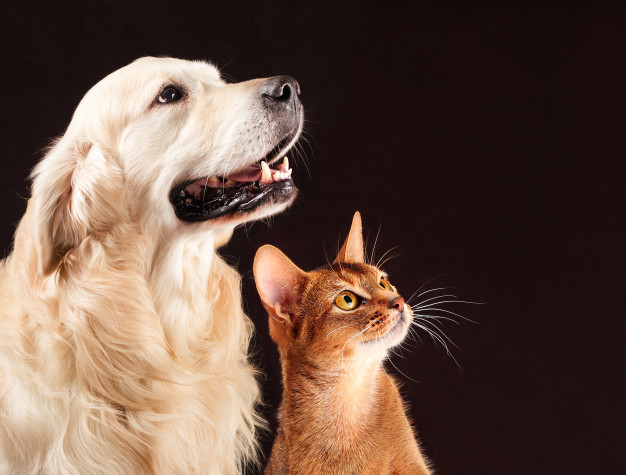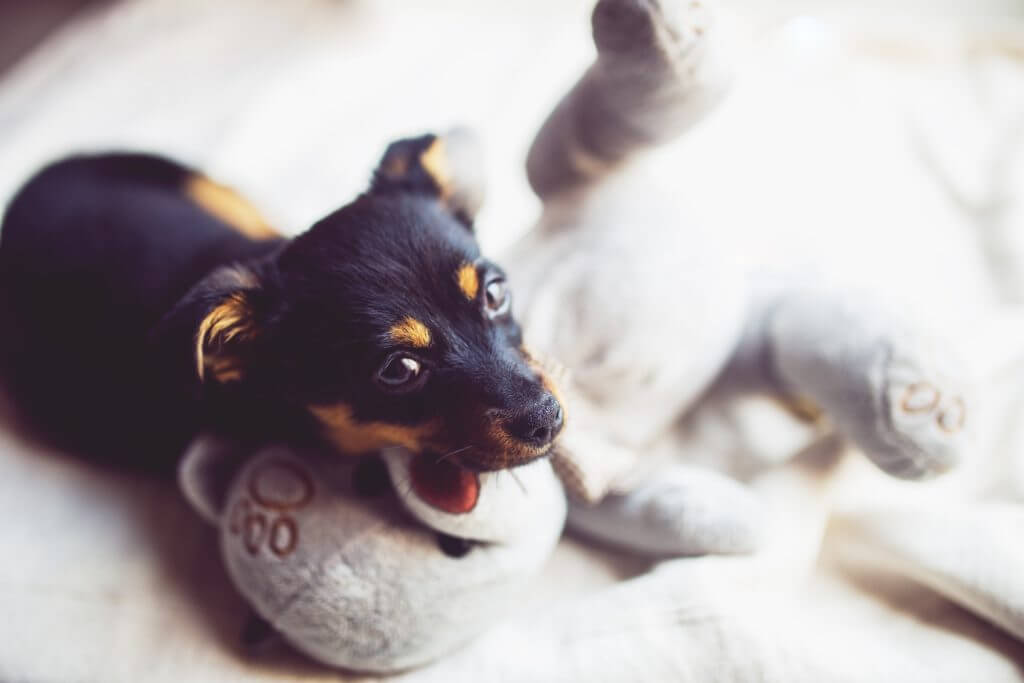
You have just brought a little puppy to your house for the first time. He is very sweet, adorable, and gentle like a newborn baby. You are very excited and scared at the same time because you have a vision that…he pees everywhere.
Yes, prepare yourself that this will happen at the beginning. It’s a completely normal and natural behavior. Although dogs and cats don’t like to urinate in the close area of living, a little puppy doesn’t know how to control it. It’s your responsibility to teach the animal how to do it.
If you have doubts that you can manage to toilet-train your pup, our tips will definitely help you to do it more easily. Never give up. This little dog will manage to learn sooner or later.
What can I do to help my puppy?
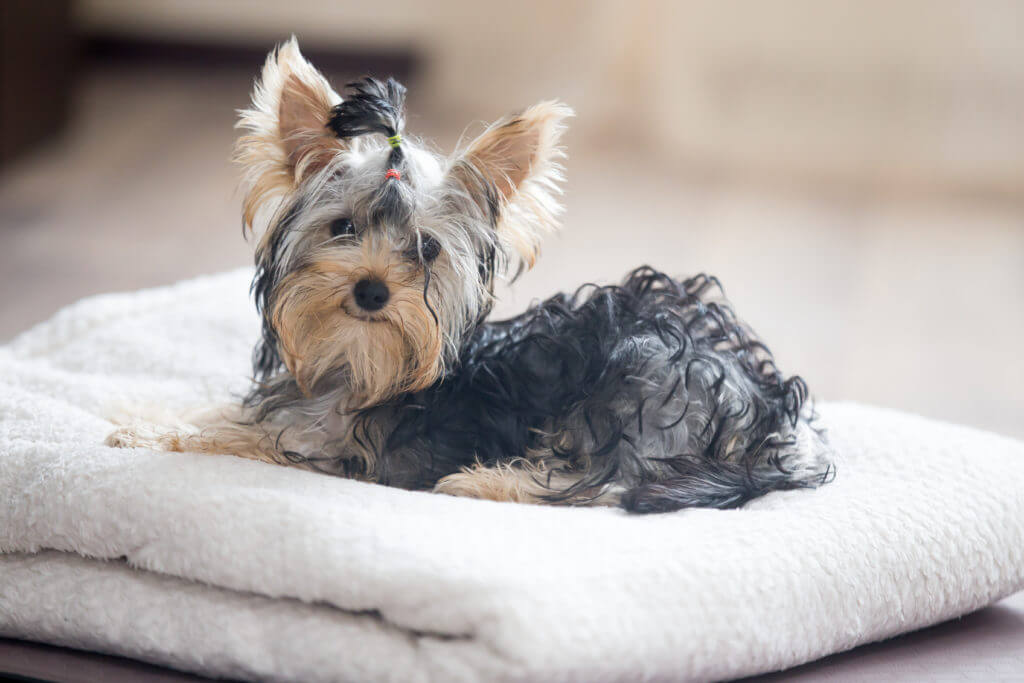
First and foremost, remember to stay calm and to be patient. Puppy is already stressed because of his new home and new family. You need to show him that he is safe and that you care about him. There is nothing worse than a puppy who has just peed on the floor and the owner who aggressively shouts at him. The dog doesn’t do it on purpose, believe me! He just needs some time and your patience to learn how to control those natural needs.
Also, be aware that puppies can not hold their pee for hours because of the bladder size. That’s why they pee very often and much more frequently than adult dogs. Be understanding and empathetic.
Basic toilet tips
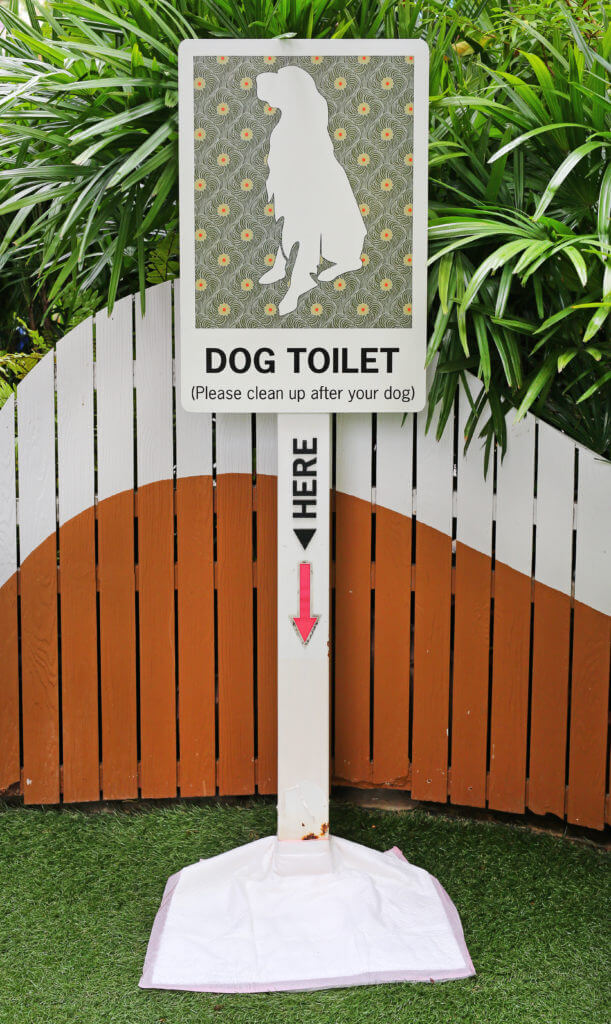
- Special pads: Start with old papers and special puppy pads to state one or few places at home for your dog’s toilet. In the course of time, he starts to connect the pads with urinating and defecating. Every time when a puppy uses the pad for peeing or pooping, remember to reward him with a treat or with praise. Use happy and cheerful voice to show him your satisfaction. Remember to always replace the used pad with a fresh one.
- Outside area: If you live in the house with a garden you have a chance to make everything much easier than people who live in the apartments. When you observe the different behavior of your pup, like jiggling around, immediately take him out to the garden and show him that this is a place where he should do his toilet. In the beginning, the best idea is to take him to the same place every time because your pup will remember the smell of urine and will start to connect the area with the toilet. Also, use the same command or specific sound for the same action. This will help your dog understand what you expect from him.
- Cleaning: When a puppy will accidentally pee inside the house immediately clean the area. This will prevent from remembering this area as a toilet. Use white vinegar mixed with baking soda and water. It’s a great substance to get rid of the odor and the characteristic smell of ammonia.
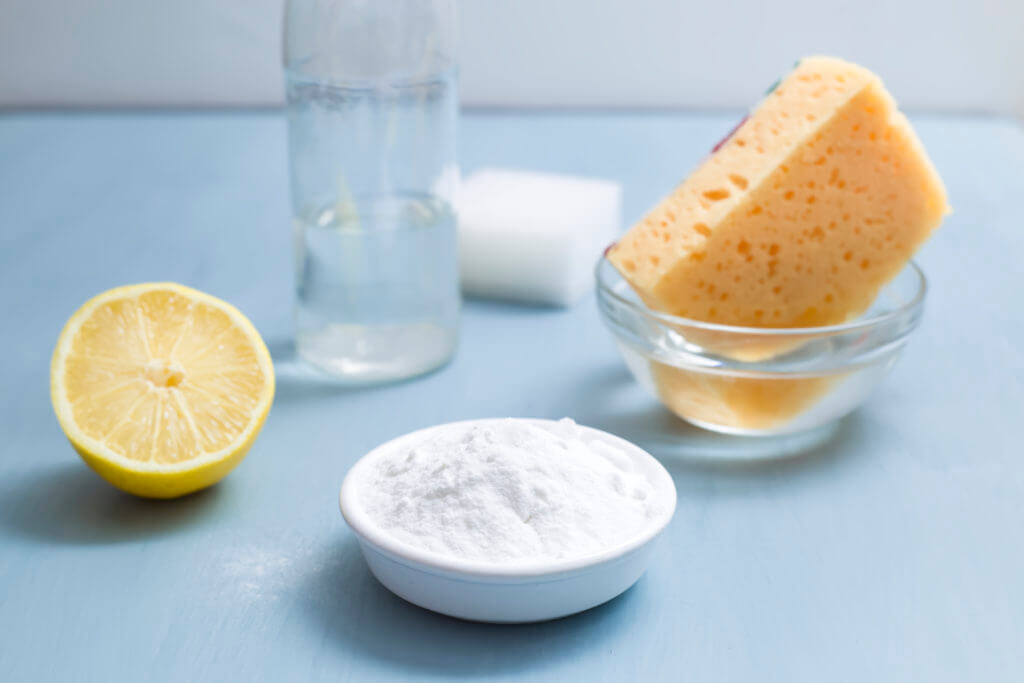
- Daytime routine: Your daytime and nighttime routine will change because a puppy needs regular time for a toilet. Take your dog outside in the morning, every time you come back home from work in the afternoon, after every meal and also twice in the evening if it’s needed, to make sure that you won’t wake up in the morning with a little poo on the floor. If you will, that’s not the end of the world. Just clean it and stay calm. Observe how he behaves after drinking a lot of water or after play. Try to predict every moment of the potential accident.
Positive reinforcement is the key
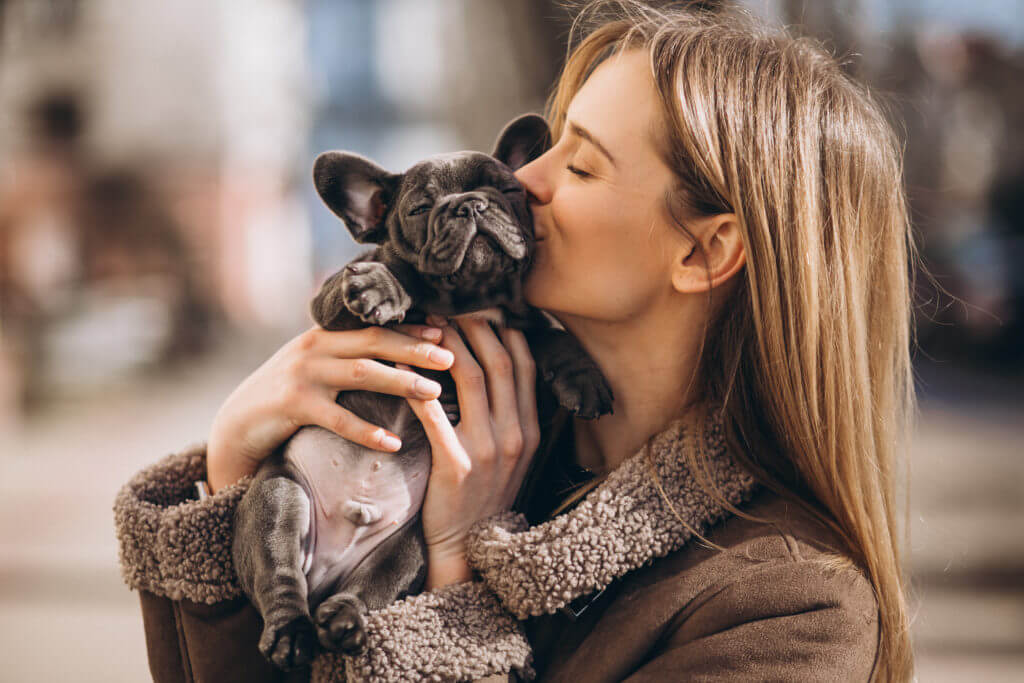
Imagine how you feel when you do something accidentally or out of control and someone shouts at you. You feel remorse and guilt. It’s the same with a puppy. Of course, he needs to know that he has done something which he shouldn’t suppose to do, but you cannot punish him with aggression.
Instead, always reward your dog with positive signals and signs. There is a huge difference between the positive and negative reinforcement both for you and for the dog. If you expect that dog’s behavior will solidify in the future, use stimulated signals immediately after the desired behavior. Remember, do not punish your dog for peeing at home. It won’t speed the process of learning but can cause a lot of stress and anxiety. On the contrary, give him very positive signals when he will pee outside. He must know that you are extremely happy because of his behavior. He will feel proud of himself and feel like the best and the wisest puppy in the world!
Give a puppy as much time as needed
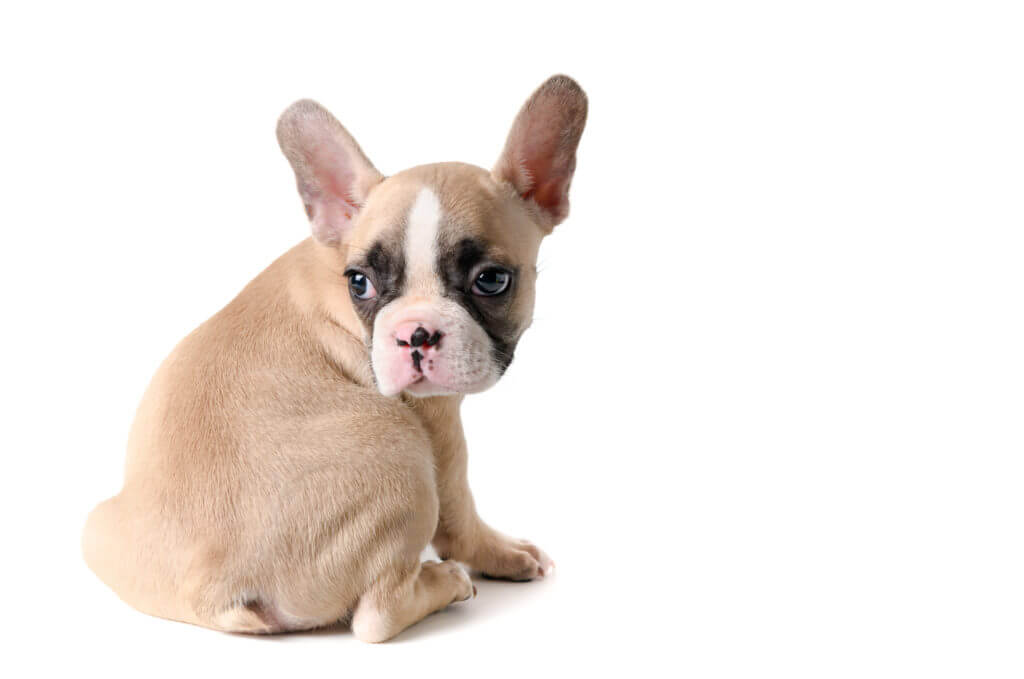
The ideal scenario is that you have a chance to be with your pup all the time, especially at the beginning of your new life together. You can monitor his needs, take him outside every 40-50 minutes and give him maximum care. I know that sometimes it is not possible but I recommend you to take at least a week leave from work. Bringing a puppy to your life during holidays or summertime it’s also a good idea. When the weather outside is sunny and warm you can take the pet outside more often. Puppies cannot be kept in the cold so it can be more difficult throughout the winter. It’s important to be with him all the time because it can prevent an accident before it happens. Always try to be patient and kind to your pup, even when the process of learning takes much more time than you have assumed and you feel frustrated.
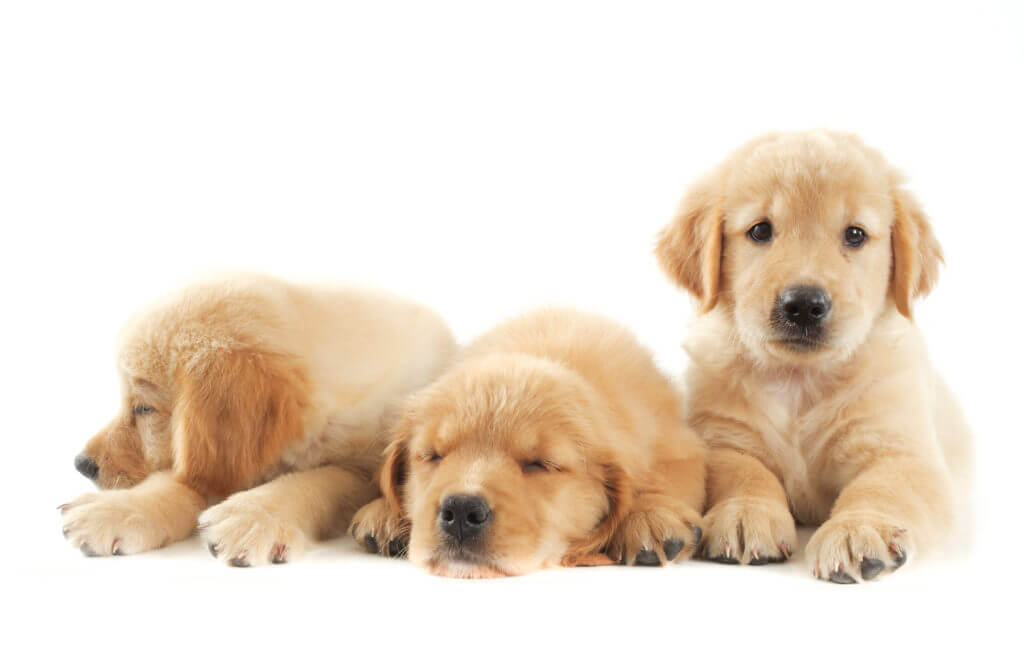
Conclusion
Toilet training can take several months so do not expect that your dog will understand and know everything after just a few weeks. The most important factors are your patience, positive signals and rewards, routine, regular daytime schedule, and puppy pads.
Also, preventing accidents and monitoring your pup has a big impact on the process of learning. Do not give up, be positive and believe in your puppy.



